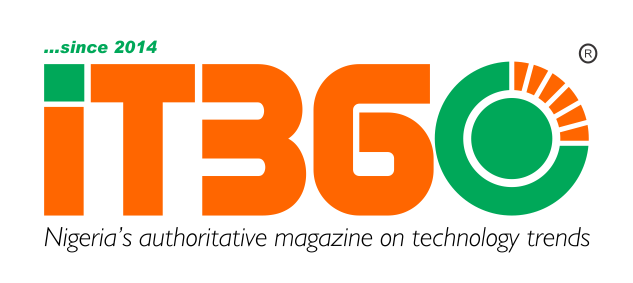On Monday, the flagship digital asset Bitcoin price broke above the iconic $50,000 mark for the first time in over two years. Recall that Bitcoin has had a decent start to the year, influenced by the January 11 approved Bitcoin spot exchange-traded fund (ETF). However, the momentum slowed down towards the end of January.
But now, the Bitcoin price has topped $50,000 for the first time in more than 24 months, its highest price since December 2021. This rally was supported by last week’s strong ETF inflows and signs of institutional accumulation.
At press time, BTC was changing hands at $50,200,000, up nearly 5% over the past 24 hours. Ether, the second-largest crypto, is trading at $2,679, enjoying 8% gains in the last day. Other major cryptocurrencies enjoying the market rally include solana, Avax, Matic and others, per coinmarketcap data

What is behind this Bitcoin price pump?
Like mentioned earlier, Bitcoin’s price action was supported by last week’s strong inflows into spot Bitcoin ETFs. According to a report by asset management firm CoinShares on Monday, the spot Bitcoin ETF attracted over $1.1 billion in net fresh funds amid slowing outflows from incumbent funds such as Grayscale Bitcoin Trust (GBTC) and ProShares’ futures-based ETF (BITO).
The CoinShares report revealed that spot Bitcoin ETFs had attracted a total of $1.1 billion worth of inflows in the past week, the biggest seven-day period of inflows since the ETFs first went live on Jan. 11. The report, however, added that potential selling pressure from Genesis, a crypto lender under bankruptcy protection, liquidating its $1.6 billion worth of GBTC holdings could weigh on ETF net inflows and prices in the next few months.
Noelle Acheson, a macro analyst, told CoinTelegraph that the Bitcoin price is currently benefiting from increased accumulation, mainly driven by expectations of capital injection in China to stem its stock market rout and “inevitable” currency depreciation even in developed countries in the future.
What is expected next?
Bitcoin’s surge beyond $50,000 comes at a time of heightened institutional demand, a possible pivot in interest rates and incoming scarcity from the Bitcoin Halving, which is different from what was at play two years ago.
The last time Bitcoin hit the $50,000 mark in December 2021, what followed was an enduring bear market in which there were interest rate hikes in the US, the collapse of a handful of top crypto companies and a shortage of retail investors. All those factors led to the crash of Bitcoin to around $15,000.
However, macroeconomic conditions are increasingly favourable for risky assets like Bitcoin this time. Apart from further inflows into Bitcoin ETFs, the fourth Bitcoin Halving, which will enhance its scarcity, will be coming up in April.
Also, there is positive sentiment brewing over the performance of Bitcoin ETFs, providing the market with added confidence that institutions are buying Bitcoin at a growing rate. There is a high probability that Bitcoin will go in one big rally to the $52,000 target subsequently as momentum continues to build on the bullish side.

